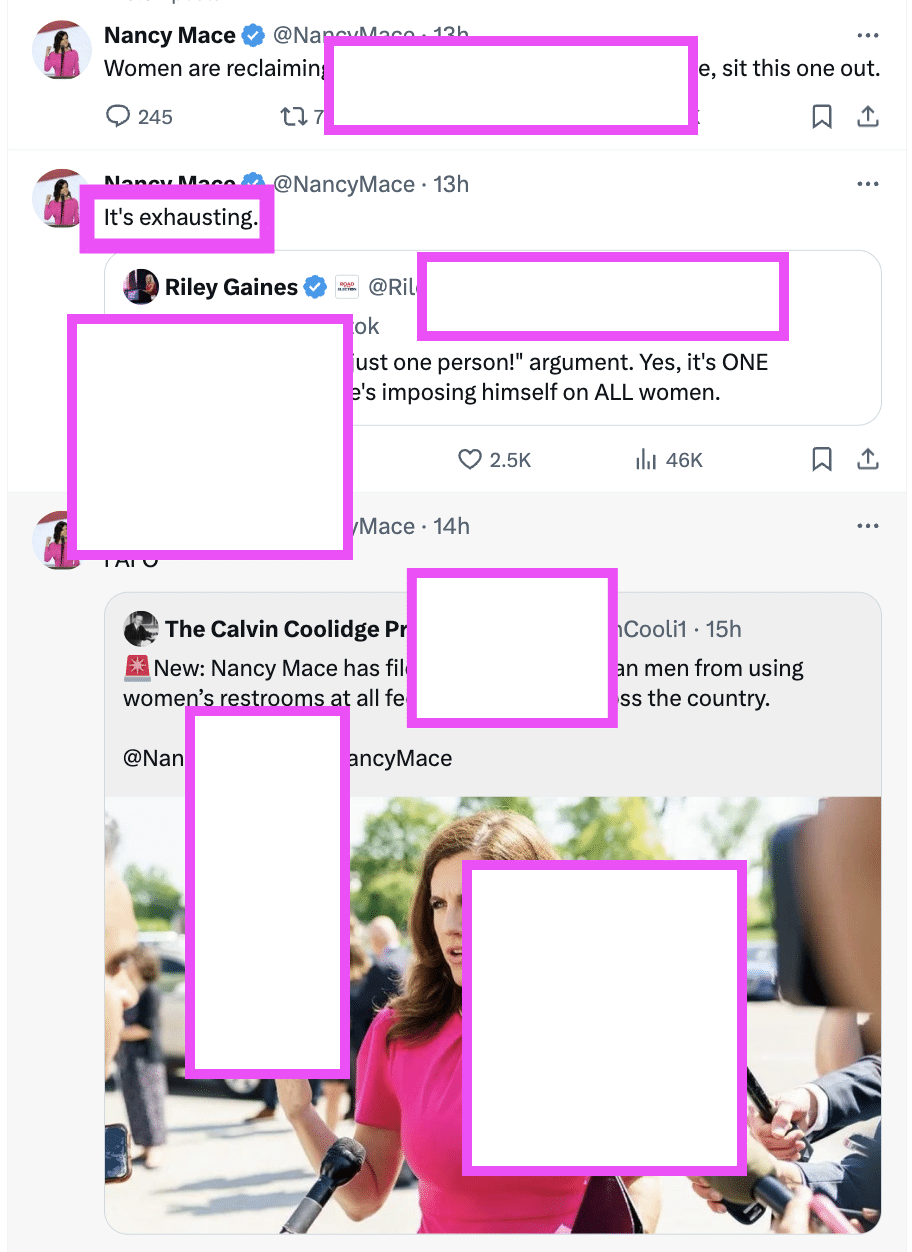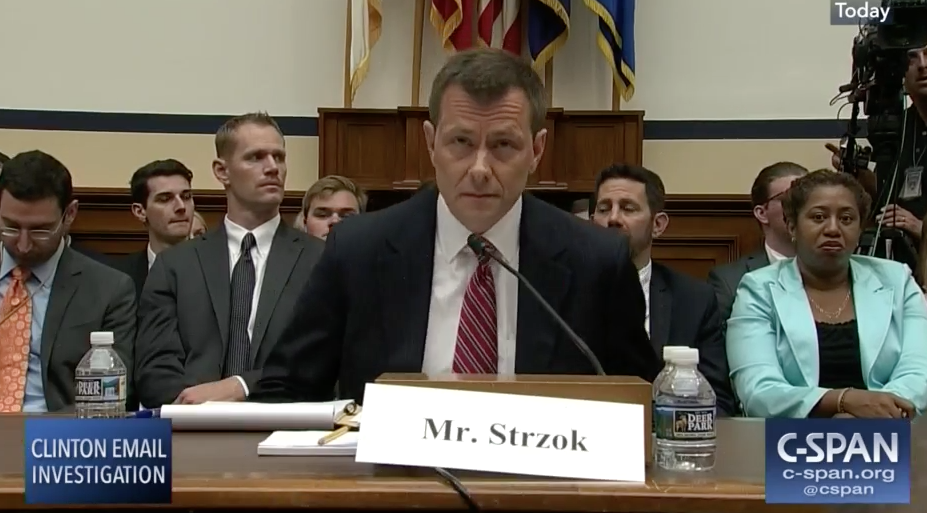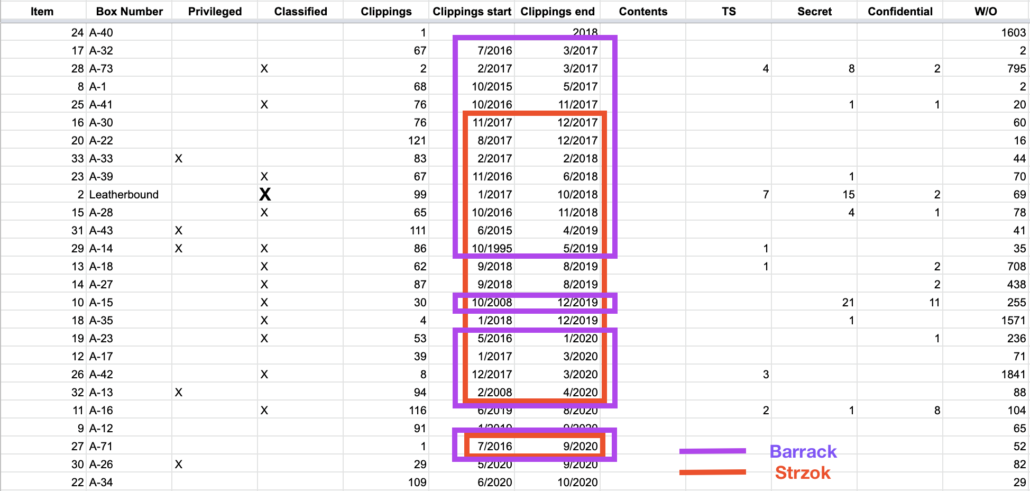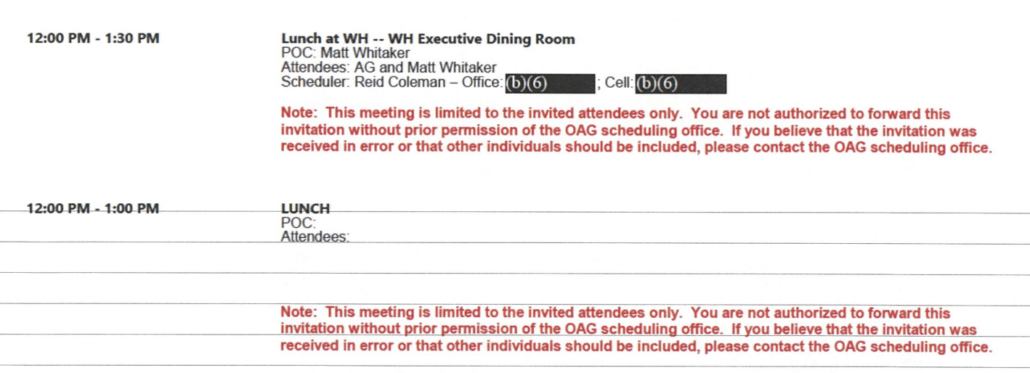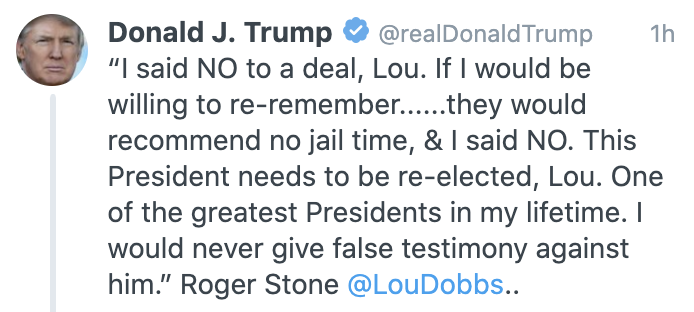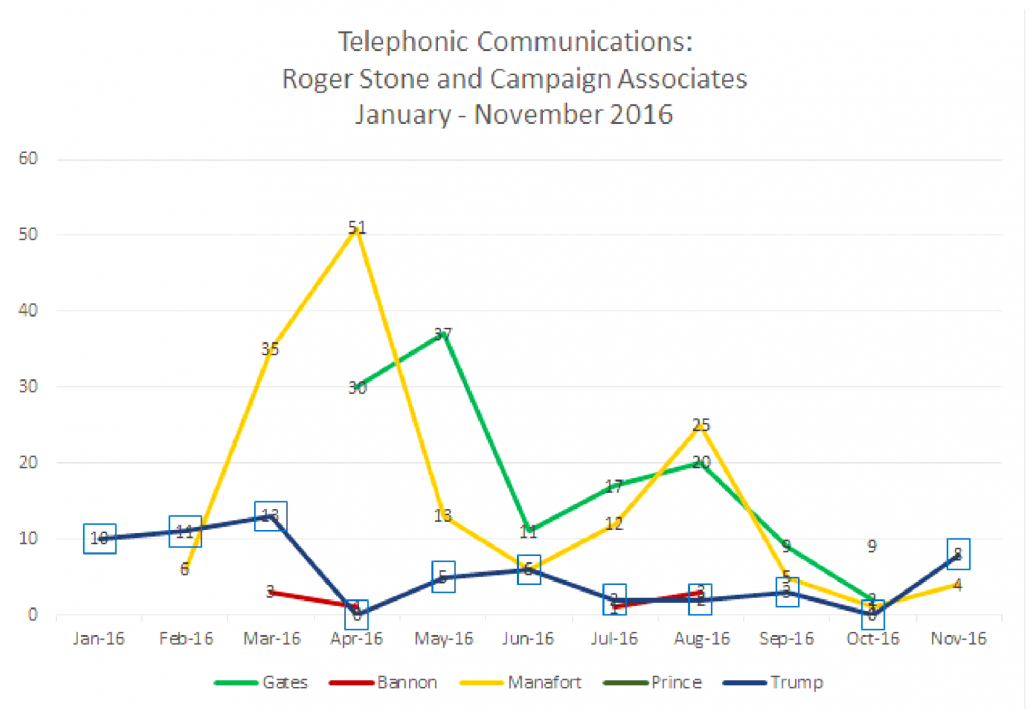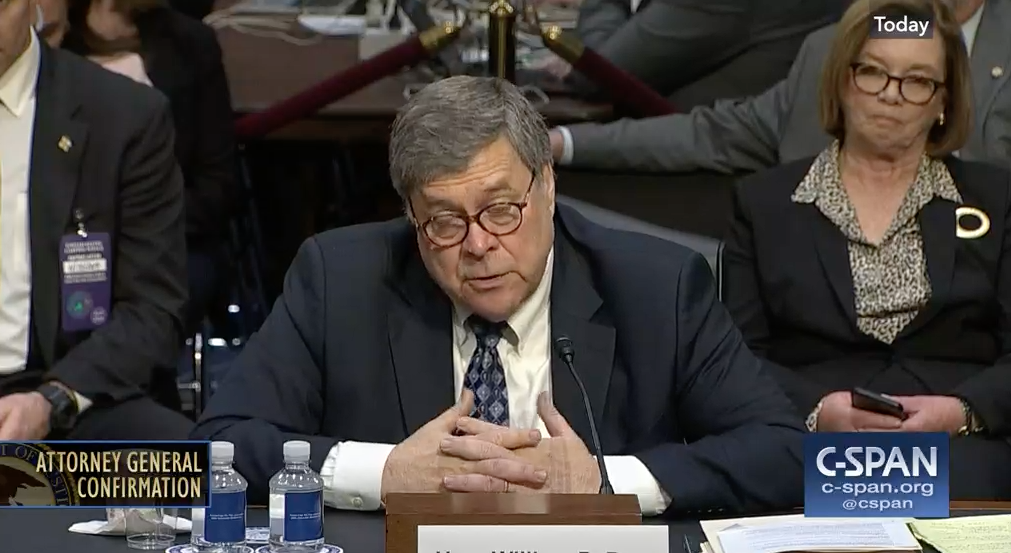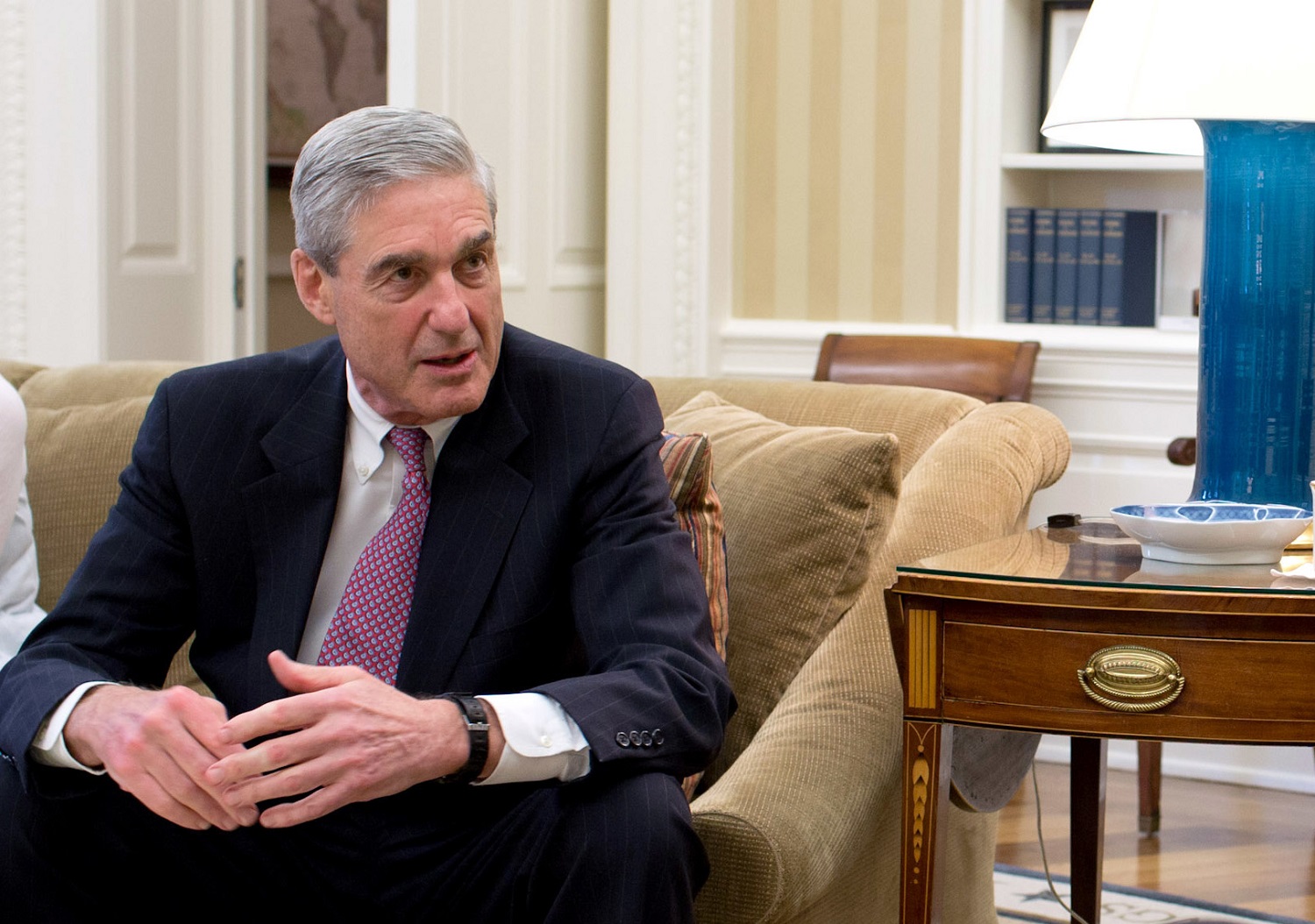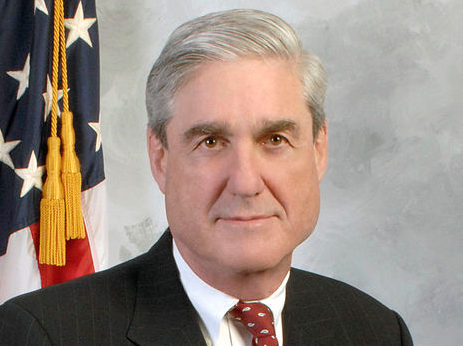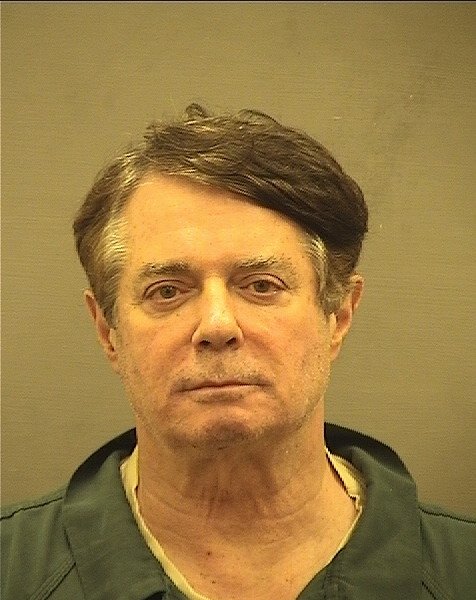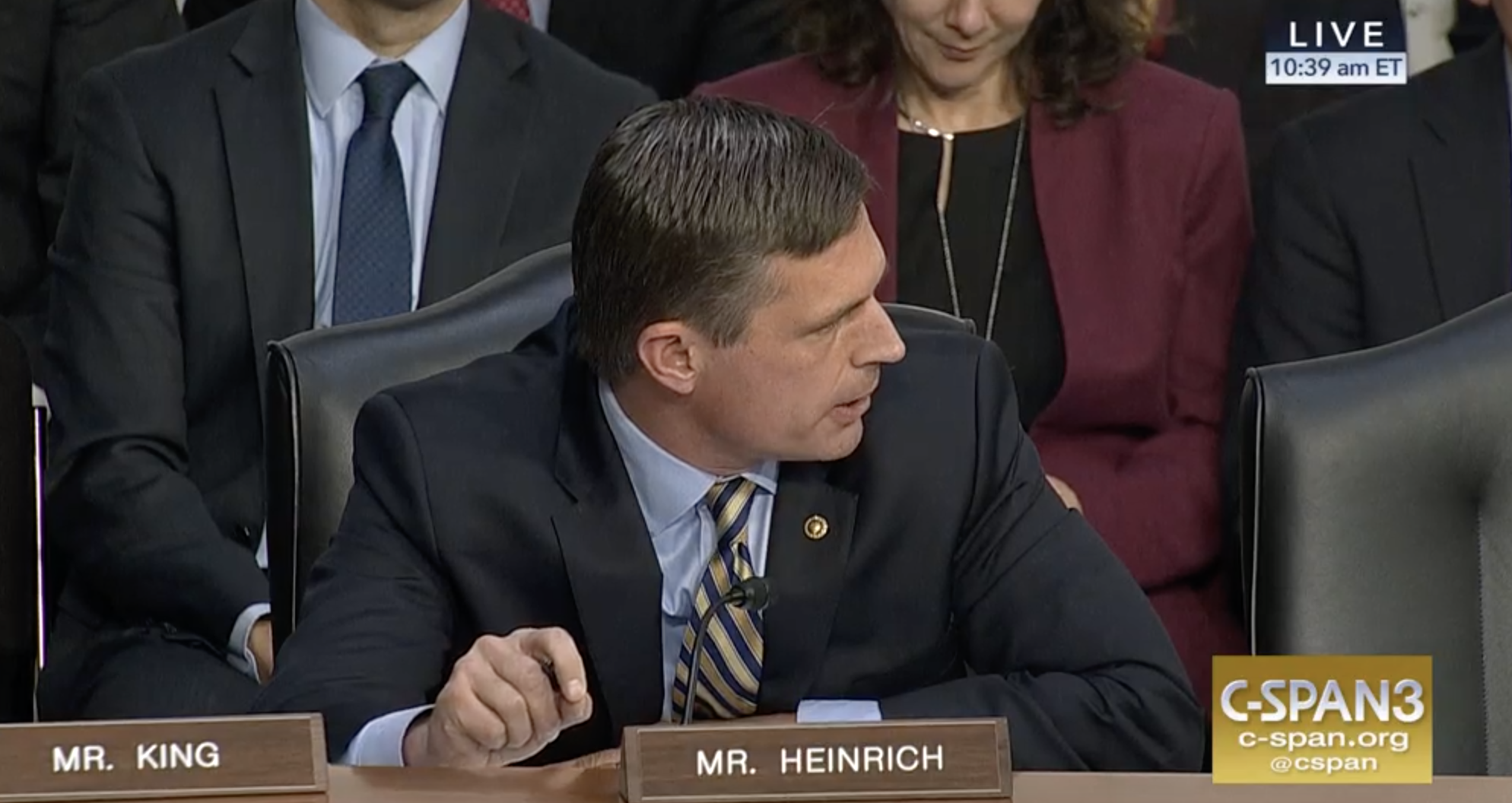Yes, Trump Plans to Flush NATO, But It’s Part of a Larger Whole
Note, 1:40 ET: Folks, I know this is bad timing, but in about 20 minutes, I’m going to temporarily shut down comments here, as we’re going to do some planned maintenance. Hopefully it won’t take too long.
When Donald Trump announced he had selected Matt Whitaker as his Ambassador to NATO, a bunch of people rushed over here to hear me say Big Dick Toilet Salesman* again.
Like most of Trump’s other nominees, Whitaker is wildly unqualified for the role. Actual diplomats may be able to exploit his inexperience. Likely, he’ll wander around Europe like Gordon Sondland did, doing personal errands for Trump, often involving grift. Unlike most of Trump’s nominees, Whitaker has at least been able to get and sustain security clearance in the past.
But I really think BDTS is not where our attention should focus.
Yes, there are reasons to focus on Trump’s five most outrageous nominees, but not always for the main reasons they’re wildly unqualified.
It matters that Russia keeps calling Tulsi Gabbard, whom Trump wants to lead the entire Intelligence Community, their girlfriend. But just as important, Nikki Haley has made an issue of Tulsi’s nomination — focusing on Iran, not Russia.
It matters that RFK Jr would pursue policies that would kill more children, just like he did in Samoa. But it’s worth recalling that RFK made more pointed attacks on red states than Joe Biden or Kamala Harris ever did.
Pete Hegseth is unqualified both because of his Christian nationalism and the NDA he got with a woman who told police he had raped her (his attorney, Tim Parlatore, says the sex was consensual). But it matters just as much that Hegseth hid the alleged assault from Trump’s flimsy vetting process, raising questions among Trump’s team about his candor.
She said Hegseth took her phone and blocked the door with his body when she tried to leave. She told police she said “no” repeatedly. She said she was next on a bed or a couch and Hegseth was on top of her, with his dog tags hovering over her face. Hegseth, she said, ejaculated on her stomach.
Even the focus on evidence of Matt Gaetz’ alleged sex trafficking — something likely to be aired anyway in two month’s time, not least because JD Vance’s disclosure that Trump plans to replace Chris Wray means Wray will have no incentive to refuse Democratic Senators’ requests for more information on the investigation — distracts from the larger effort, focusing on sordid Venmo payments rather than Gaetz’ willingness to sustain conspiracy theories that have been debunked.
Donald Trump’s wildly inappropriate nominations taken one by one, like Nancy Mace’s grotesque attack on Sarah McBride (and Fox News’ lies that McBride, not Mace, started the fight), serve to distract from the larger issue: Trump’s wholesale effort to dismantle the Federal government’s commitment to serve Americans not named Donald Trump or African immigrants named Elon Musk — or Russians named Vladimir Putin.
That’s why Musk is an exception to my claim of distraction. Thus far, I am far less intrigued by claimed tensions around Musk than others like Gaetz — I think it is too early to tell whether Musk has enough leverage over Trump to withstand complaints that he is stealing the thunder from the boss. It doesn’t hurt to play them up, but I have a hunch they won’t work like they normally would. But Musk’s conflicts most readily convey the looting that is at the core of this effort. It should be easy to show how the selection of Brendon Carr as FCC head will not only pose a risk to the First Amendment in the US, but would also provide specific, personalized benefits to Musk’s Starlink. It should be easy to use Musk as an exemplar of the point of all this, which has nothing to do with “woke” or bathrooms or “free speech,” but is, instead, about looting.
Taken individually and as a whole, Republicans — at least the Senators — are in an awkward spot. They are being asked whether they support America, or whether they will irretrievably stop serving their constituents as their President dismantles decades of government benefits. Each instance of discomfort created by Trump’s picks, whether it is Trump’s own team’s belief that Hegseth hid something or Haley’s attack on Tulsi from the right or generalized loathing of Matt Gaetz, provides a discomfort that may lead Republicans to stand up. Each instance of an incompetent crony (and I include Whitaker in that list) being placed in a position where he’s more likely to seek personal benefit he’ll have motive to protect by dutifully implementing whatever Trump orders should be a way to show that Senators have sold out their constituents.
But thus far, Trump has brilliantly done what he always does: used a series of distractions to drown out any coherent discussion of the whole.
It is usually a good bet to assume Republicans will fail to exhibit the integrity or self-preservation when it most matters. But the stakes are too high not to do everything we can to try to change that.
And that starts by maintaining focus on the whole rather than the endless series of new outrageous distractions.
*Note, I did not make up this nickname, though it’s a good one. I merely helped popularize it.

